Disaster Medical. Are you READY?
Hurricanes to the east, Fire storms to the west. Earthquakes to the south. Tornado’s in the center There are so many disasters at hand and so many people getting hurt. What do you stock in your kits. What kits do you even stock? What do you put in your kits? And most importantly what TRAINING do take to even cope with a disaster of the scope we have seen?
Ok lets start at with the last question first.
Training, You type in Google search Disaster Training. And hit enter you get over 976,000,000 results. Out of that number are ANY of them good for you or your needs?

First aid classes. The vast majority of people flock to the Red Cross First Aid Classes. They cost about 100 bucks. I used to teach them. And I quit teaching them. I do not want to get a law suit for libel or anything like that. But lets just leave it that they focus on the world as we see it. The lawyers in the world that we live in. And the limits on what is considered First Aid vs First Responder. I also felt like I was taking peoples money. SO lets talk about what I feel needs to be covered in disaster prep first aid training.
Hurricanes, Earthquakes and firestorms all cause injuries. Trauma is the main one from all 3. Earthquake trauma is mostly crush type injuries. Fires are primary causes of thermal trauma and Hurricanes are missile trauma. Your standard first aid and wilderness first aid courses are not designed to teach you how to treat the injury caused by a 2×4 driven into the human body by a 155 mph wind.
The classes you take to build your emergency medicine knowledge base must include good detailed instruction on Anatomy and Physiology. You must know the major structures of the body and how the interact. Assessment. You must know how to triage and inspect the body and be able to tell what your supposed to feel and see.

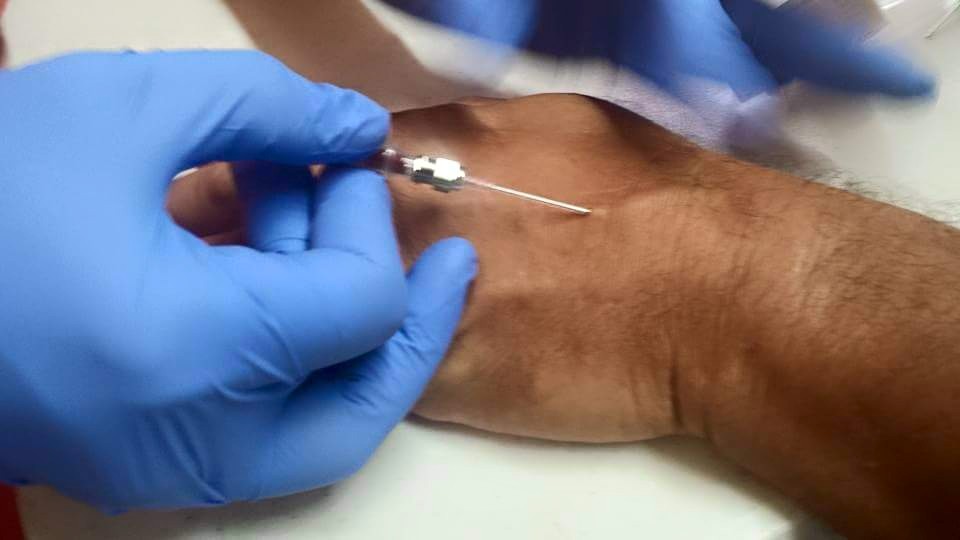
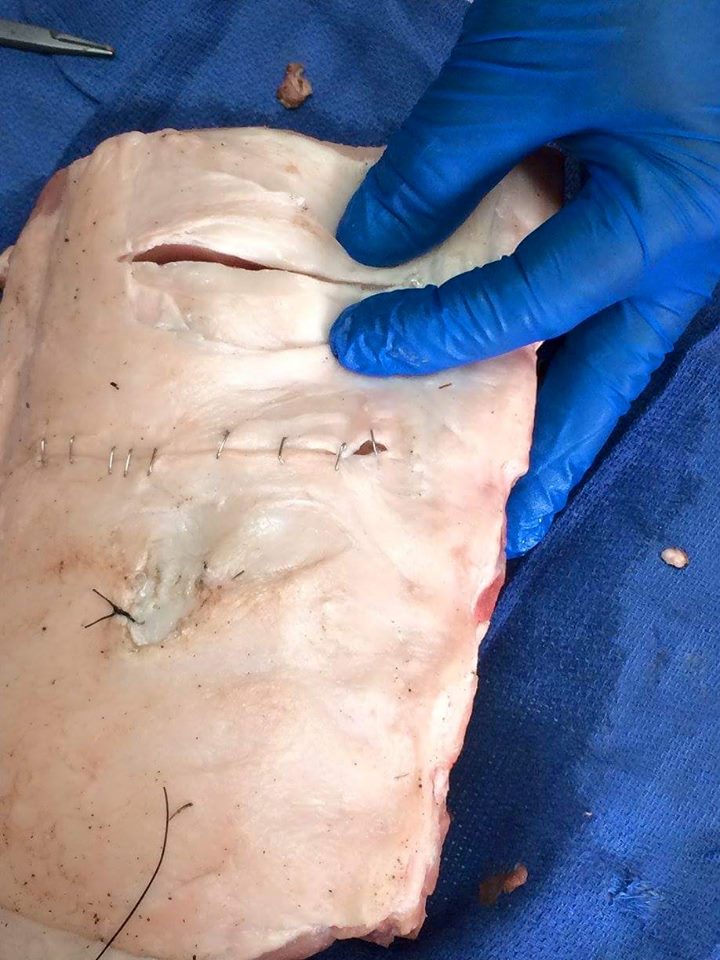 Wound management. You need to have good knowledge in how to treat different type of wounds. Penetrating wounds. Crush and concussion injuries. Traumatic amputation injuries and yes bullet wounds.
Wound management. You need to have good knowledge in how to treat different type of wounds. Penetrating wounds. Crush and concussion injuries. Traumatic amputation injuries and yes bullet wounds.
Thermal injuries. Burns of all degree’s 1st though 4th and yes frostbite is a thermal injury and is treated as a burn. Now the firestorms we are had and are still having in the west coast and Pacific NW bring in addition to the thermal injuries they bring with the respiratory problems. Mainly particulate injuries and thermal injuries to the lung
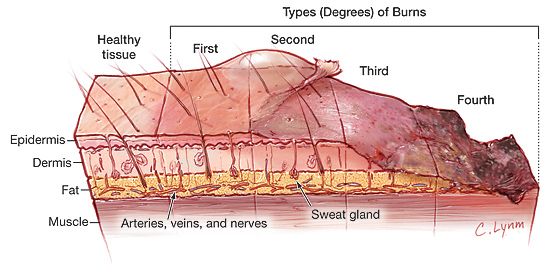
Image courtesey of JAMA jamanetwork.com
Earthquakes and Hurricanes and to a lessor extent firestorms also bring on the bugs in force. Not just the mosquitos and other bugs. Dysentery Cholera, Giardia E Coli Necrotising Fascitis and other lovely little bacteria and viruses. So the ability to treat (as far as you are legally able to) these type of infections.
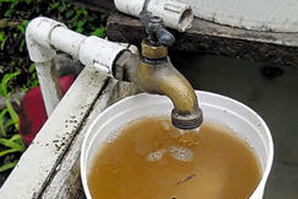
Time to do the reminder and disclaimer. I am not a doctor or physician. I can not treat nor diagnose any illness nor prescribe treatment. The skills that I teach are for the worst case scenario when no help is expected or forthcoming.
Some may say that talking about this training is a lot like shutting the barn door after the horses bolt. In a way yes. And mostly no. Mother Nature has not run low on her stock of hurricanes, earthquakes forest fires etc. And winter is coming. Snow has already fallen in Montana Idaho and even Colorado. The time to train is now. Not tomorrow.
With the way the world is changing and the way we have to move to keep up with the times. The Medic Shack is going to change the way we teach classes. We are going to still do our in person and travel classes. I am adding an on line version of the majority of classes I teach. There will be individual classes all the way up to our 40 hour Battle Field medic class. So keep a look out for the new Medic Shack Schedule!
Lets put together those disaster kits. For now we’ll do a quick bit on a trauma IFAK (Individual First Aid Kit) These are commonly called “Blow out kits” These are designed for one time use.
So a bit of history.
The military can be credited for the invention of the IFAK. Back in the 80’s we medics were already training our “grunts” on the basics of combat medicine. 1 medic per platoon plus the lead company medic meant we were stretched to the limit. We pushed for the IMC (Infantry Medic CourTourniquet, Combat Application (CAT, Combat Application Tourniquet)se) which the Army took and made the Combat Lifesaver course and thus the IFAK was invented.
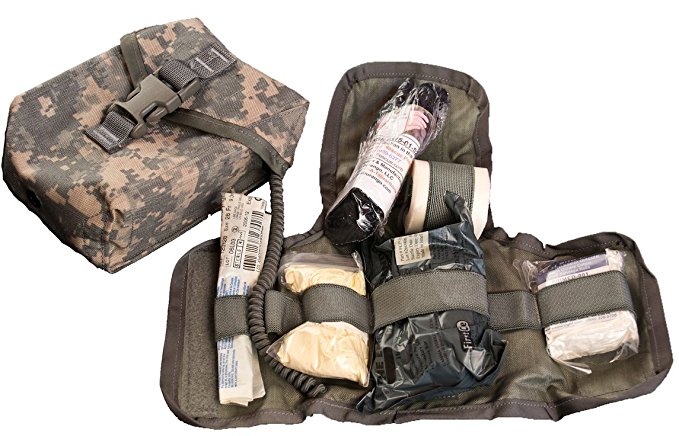
The basic IFAK consists of:
- Tourniquet, Combat Application (CAT, Combat Application Tourniquet)
- Bandage Kit, Elastic.
- Bandage Gauze 4-1/2″ 100/Pkg.
- Adhesive Tape Surg 2″ 6’s Roll.
- Airway, Nasopharyngeal, 28fr, 12s.
- Glove, Patient Exam 100/Pkg (4ea)
- Pouch, IFAK
- EMT Shears
So next week we’ll talk more about the IFAK it’s uses and also a more dedicated disaster
